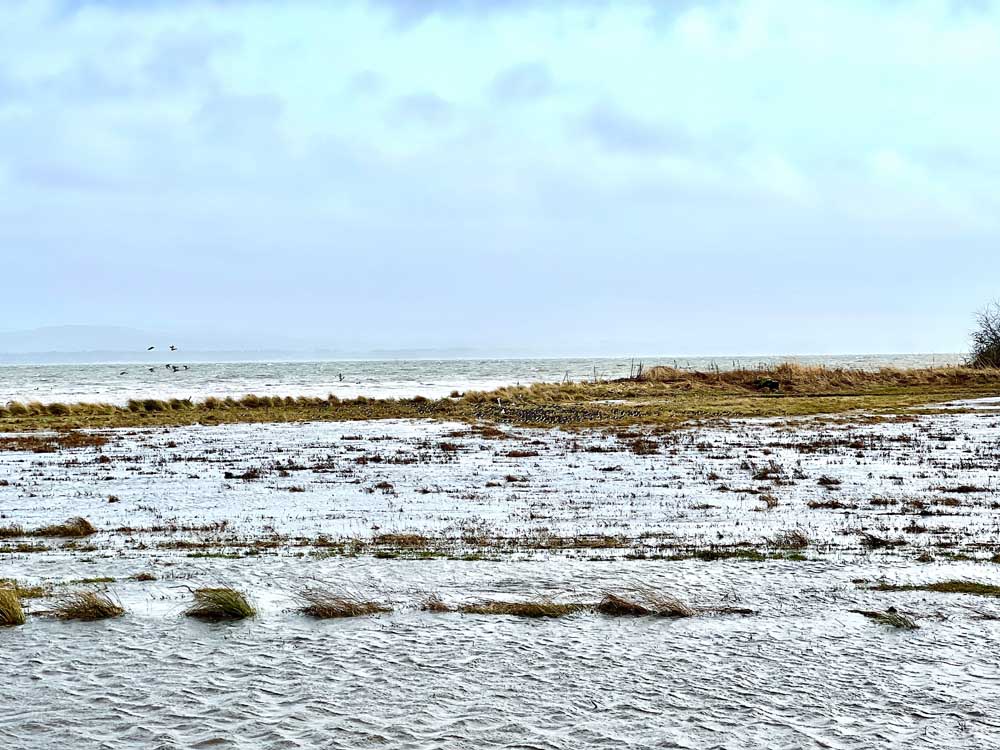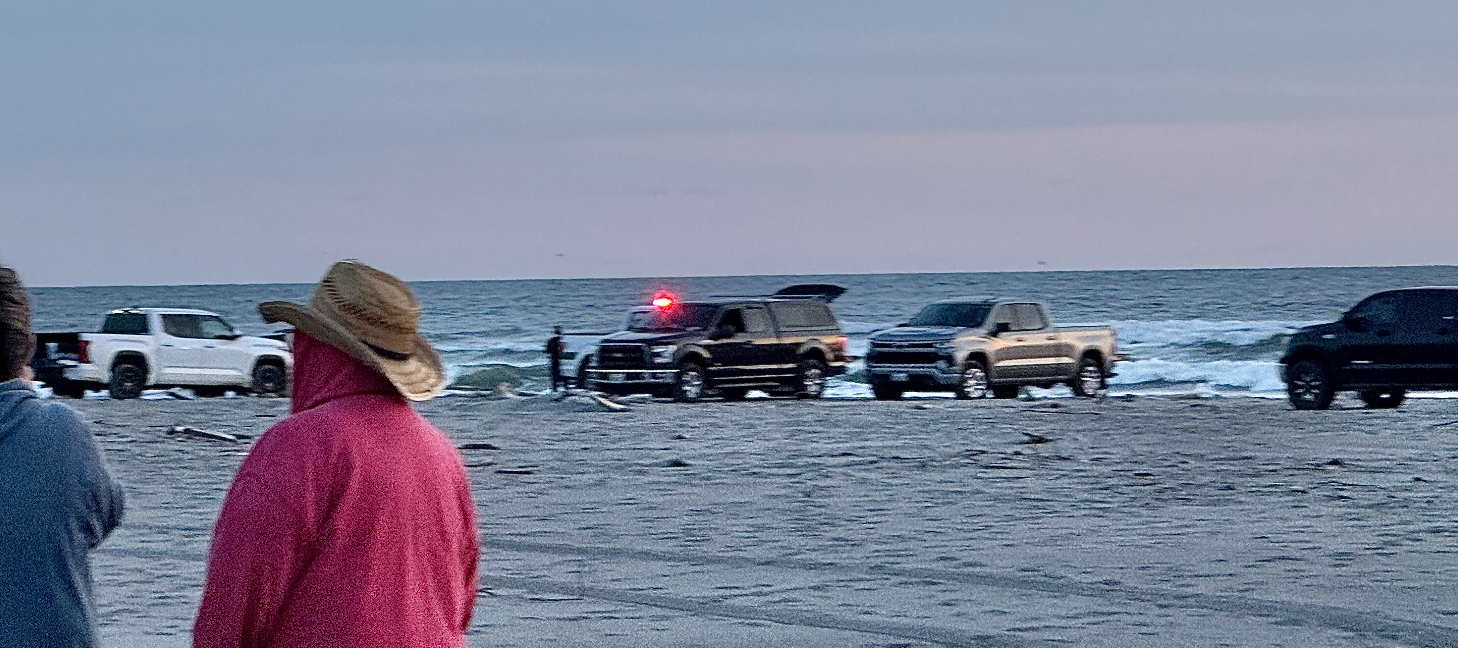Birding: King tides are about to start!
Published 10:24 am Thursday, October 31, 2024

- The Oysterville field/wetland is a good example of the flooding that can take place during king tides days. Shorebirds (dunlin) are sitting together on the grassy edges close to the shoreline. Look closely and their tiny little bodies will become visible. They will both rest and forage as the tides rises and then begins to ebb. They will hunt for crustaceans and other aquatic prey that the tide stirs up as it ebbs and flows.
The king tides of 2024 are nearly upon us. The simplest definition of a king tide is just an extremely high tide. The best part of these tides is that many of the waterfowl will be closer to us as the water gets pushed much further inward than usual, and thus, we can witness the hunting and feeding behavior of bald eagles, northern harriers, American kestrels, peregrine falcons and other raptors.
In each of the months of November and December we will witness the phenomenon of the king tides once again and their possible effects on the birds. King tides are higher than our average high tides. They are usually in the 12-foot and higher range inside Willapa Bay. These high tides will cause the wetlands and fields along the shore of bay to flood and along with the high water all sorts of waterfowl, shorebirds and raptors will come. The Oysterville field/wetland, for example, will soon be alive with waterfowl, shorebirds, raptors, and other species that will take advantage of the higher than usual water levels. (King tides don’t reach the same heights on the ocean shore as they do in the bay; in the next two months the highest ocean-side tides will be 9.35 feet around noon Nov. 16 and 9.44 feet at about 11 a.m. on Dec. 14.)
You can expect to see green-winged teal, northern pintail, northern shovelers, American wigeon, and mallards busy feeding in the high water of the wetlands and fields. Shorebirds such as greater yellowlegs and killdeer will rest and feed there too. Raptors such as those named above will patrol the Willapa Bay shoreline, adjacent grasslands and wetlands looking for tasty snacks or the full meal deal!
Other species that will take full advantage of the fine dining opportunities that the king tides provide are the California and ring-billed gulls, Canada geese, cackling geese and if we are lucky, white-fronted geese. The greater white-fronted have been seen recently on the Peninsula so there is a chance we might see them during the days of the king tides. When the time is just right, and the wetland birds least expect it, a raptor will swoop down from its perch to snatch a meal.
In the past, large numbers of great blue herons have hunkered down in tide-soaked fields foraging for the goodies that rise to the surface when fields flood. One of the shorebirds that is sure to be seen is the killdeer. Killdeer will also hunker down in the wet fields but on higher, drier ground where they can pick at the surface to get a scrumptious feast. Greater yellowlegs usually appear as well.
Waterbirds, shorebirds and raptors come out in force during the king tides. Nov. 13-17 will be the best opportunity to witness the high water and the bird happenings. A few days before we will see tides in the 10- to 11-foot range, so some activity might also occur at that time. Mark your calendars for the high tides in Dec. 12-16, too.
Don’t miss the king tide experience! Grab your binoculars and get ready to observe from the edge of a flooded field and/or wetland during the king tide dates for front row viewing at its best. The king tides never disappoint. I am sure you will enjoy watching the behavior of the different species that will take place before your very eyes! Happy birding!





